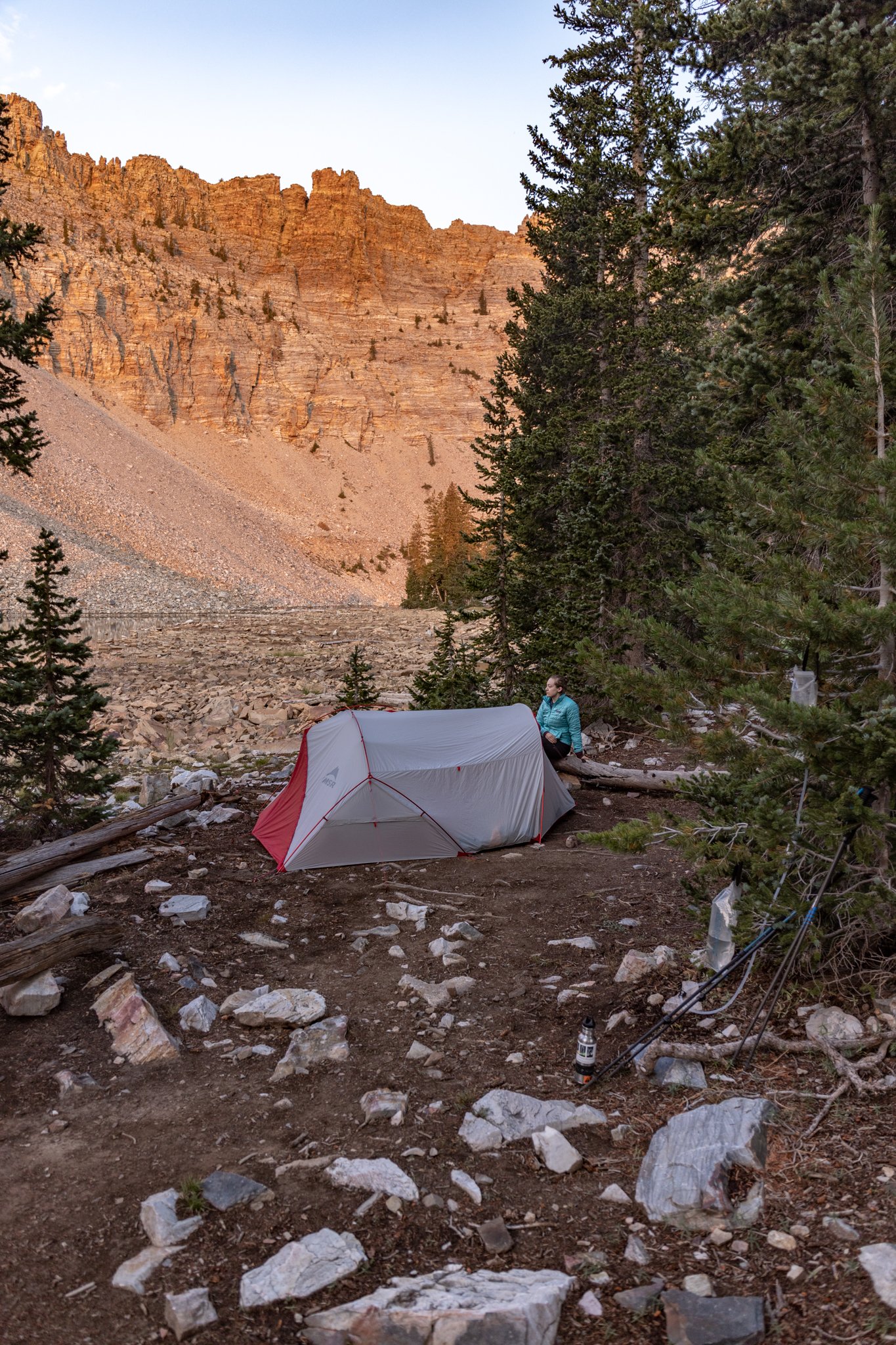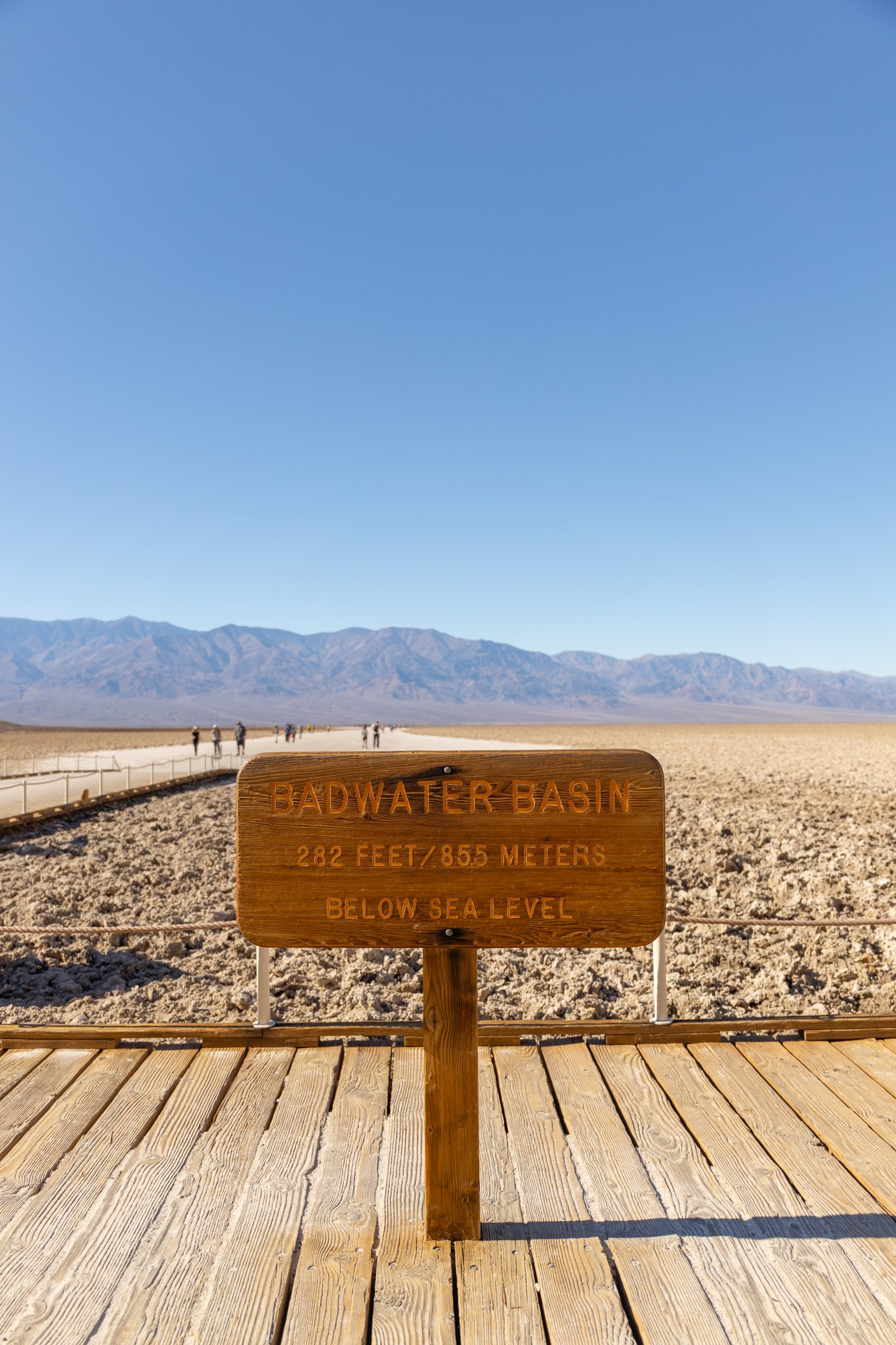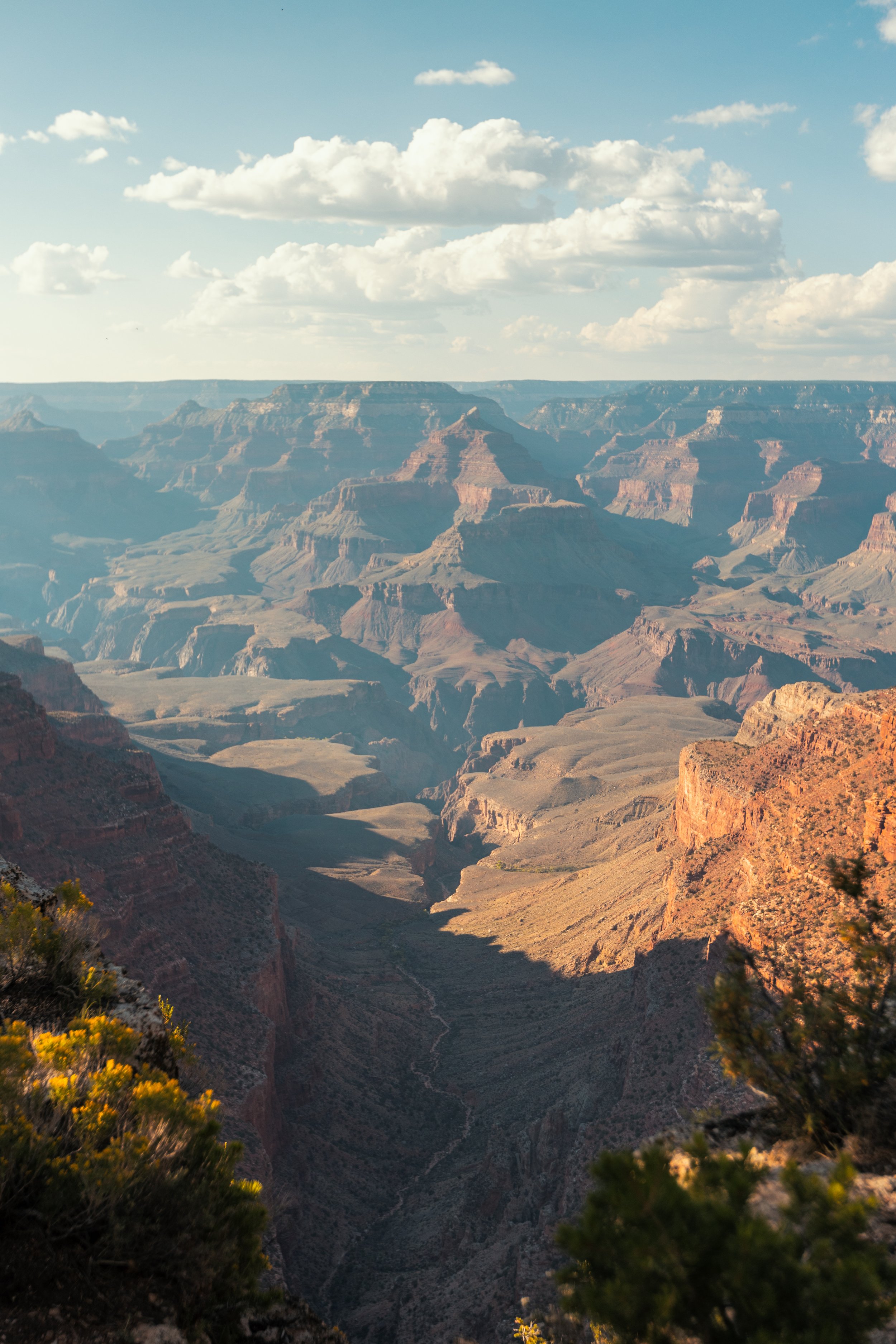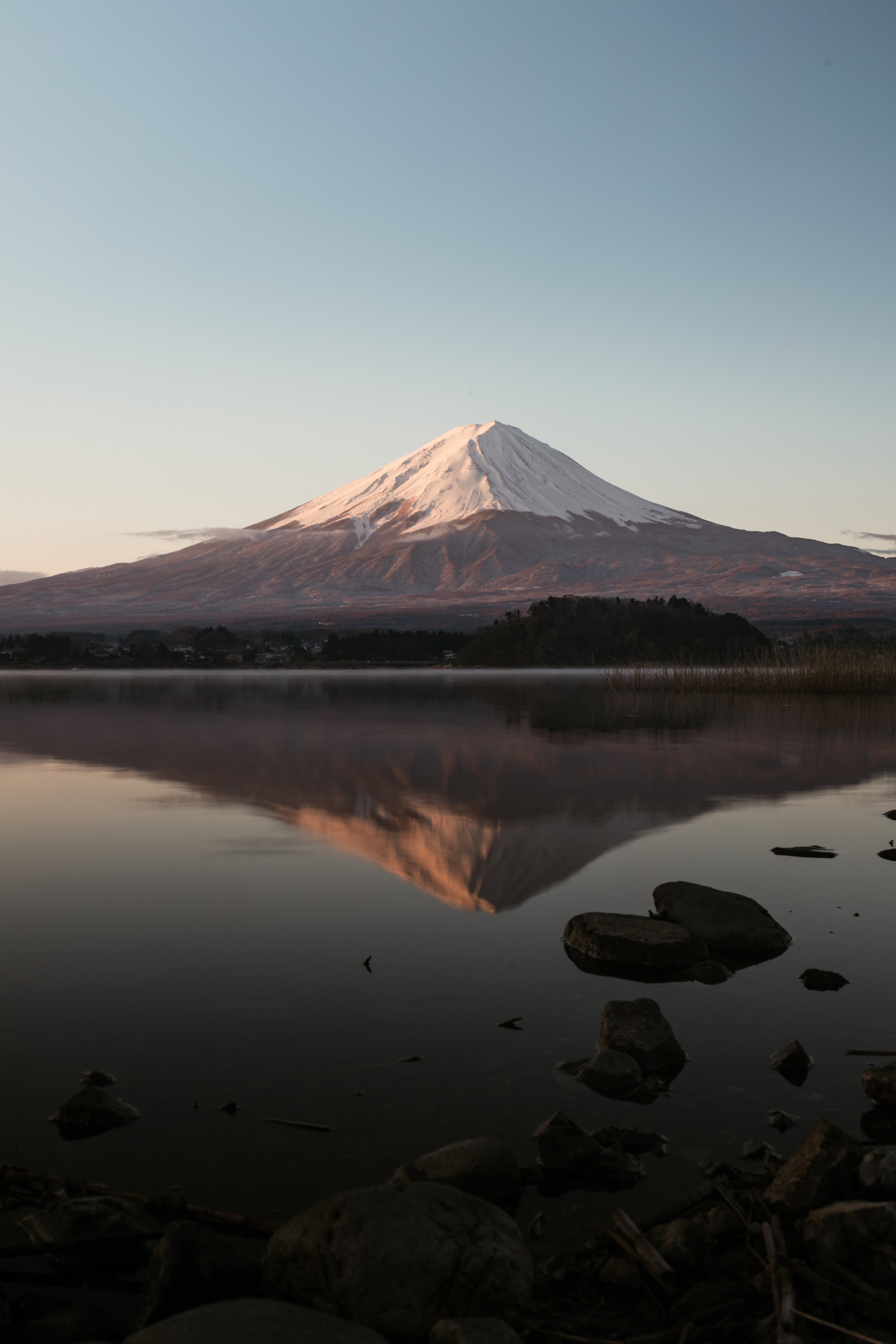What Does Conservation have to do with Zero Waste Living?
Let’s talk about our public lands for National Public Lands Day!
As a zero waster, you might be wondering what this has to do with eco-living. And the answer is EVERYTHING!
Today, let’s talk about why our public lands are set aside, what they are protecting, and why the fight is never over for our public lands.
Northern lights, May 2024, Voyageurs National Park, photo by Dan Dendler
But first, we must acknowledge some of the darkness behind public lands. Yes, it’s amazing that places like Yosemite and the Grand Canyon among hundreds of other sites are set aside and protected. But, that came at a cost. These public lands were stolen from indigenous peoples. They were kicked off their ancestral lands, often the most sacred parts of their lands, and were unable to practice cultural aspects like hunting, fishing, foraging, and more on these lands. The story is changing. Many public lands are now working with local tribes and becoming co-managed but that is still not terribly common.
As we talk about these stunning places, please keep in mind that these places had inhabitants that were forcibly removed and may still not be able to practice their traditions on their homeland.
Minnehaha Falls, Minneapolis, Minnesota, May 2024
What is public land/NPLD?
Public land, according to Wikipedia, is “a portion of land that is held by central or local governments. This is called public land, state land, or Crown land.” In summary, it is state or federally-owned land that the public can recreate on. Agencies that run this land may vary and be one of the following:
National Park Service (NPS)
Bureau of Land Management (BLM)
Forest Service
Army Corps of Engineers
State Pars
Fish & Wildlife
Department of Natural Resources
and more!
The Lost 40 trail on Forest Service land, July 2024
Public lands look like iconic places such as Yellowstone, Grand Teton, Glacier, and Denali but also smaller and lesser-known parks such as Hocking Hills State Park or Grand Staircase Escalante National Monument. There is public land EVERYWHERE!
According to the BLM, National Public Lands Day (NPLD) is “the nation's largest, single-day volunteer event for public lands, held annually on the fourth Saturday in September. Since 1994, NPLD has brought together hundreds of thousands of volunteers to help restore America's public lands.”
While it started as a national day of volunteering and remains as such, it has since expanded to also be a day people can come to their public lands for FREE! Yes, much of our public lands come at a price and we will talk about that later. So, this is a day that many parks lift that fee and you can go enjoy it for free. Or you can even volunteer!
Cuyahoga Valley NP, April 2024
What do public lands protect?
Public lands are set aside to protect natural resources such as the Grand Canyon. If not set aside, it may be subject to mining, erosion, resorts, pollution, and more and could be destroyed. Think of Niagara Falls. It is not public land on either side of the border and it is so built up. The land surrounding it has been destroyed for games, resorts, and restaurants. It’s polluted every day from boat and helicopter rides. The goal of public lands is to avoid that.
But, public lands are also set aside for resource use. The NPS is focused on preservation or limiting human development as much as possible. This means no foraging (usually), no logging, building as few buildings as possible, and so forth. But other land agencies like the BLM and the Forest Service are conservation agencies. This means that they extract resources but at a responsible rate. They are still involved with mining, fracking, logging, and more. Do I love it? No. But do we need oil, trees, and other resources to live and eat? Absolutely. I see the importance of these resources.
Big Cypress National Preserve, Florida, New Years Day 2024
While the BLM and Forest Service extract resources, they also have a goal for recreation. You can still hike and camp and recreate in other ways on these lands as a secondary use. In fact, the BLM and Forest Service are less strict since they are focused on conservation instead of preservation which means you can often go off-roading here, take your pets with you with no restrictions, camp for free, boondock, and more.
Long story short, our public lands protect natural beauty but also protect resources that we use and need every single day and do their best to harvest responsibly.
Everglades NP, Florida, December 2023
Why do public lands cost money?
Now, not all parks cost money. Many states have free access to parks (Ohio, for example) and even some National Park sites are free (such as Voyageurs National Park). But, many of them are paid whether it’s federally- or state-owned. But why?
There are many reasons, but mostly:
Public lands are not known for their state or federal funding, so this is a way to keep parks open is by charging a small fee to pay employees and pay for maintenance
Overcrowded parks implement fees and permit systems to limit how many visitors can enter the park at a given time. This is because overuse can lead to trail degradation, traffic, wildlife incidents, hiking incidents, more litter, and so much more. Yes, everyone should be able to enjoy nature, but there is such as thing as too many people at one time.
Glacier NP, Montana, September 2023
Do I agree with this personally? Yes and no. I think it’s great to reduce crowds and fund the park…but it’s also making public lands inaccessible. They’re already very hard to access most of the time if you do not own a personal vehicle.
That being said, many (MANY) libraries these days offer State and National Park passes for you to borrow making public lands much more accessible! Even if you can afford a park pass, why not go for free? Definitely get a library card to take advantage of this.
Are public lands under threat?
Yes! Every day! And they are under threat in so many ways from so many directions:
Politics: during the Trump administration, they tried to shrink many public lands such as Bears Ears and Grand Staircase Escalante National Monument. Technically they succeeded but the Biden administration reversed it in 2021. Our public lands are constantly at risk from politicians who want to extract resources without restrictions. As I said, the government CAN extract resources on certain public lands, but they must do so responsibly.
Great Basin NP, Nevada, summer 2021
Climate Change: there are many parks as well as plants and animals within parks that are at constant risk due to climate change. Two species come to mind: the Joshua Tree and the Pika. Joshua Trees grow slowly. It’s hard for them to create seeds and get those seeds farther north to avoid intense heat and drought. So, they are at risk as the climate changes in the Mojave Desert. The Pika is a small rabbit-like mammal that lives in the highest mountain elevations. They require extreme cold which is becoming harder and harder to find. They simply cannot climb these mountains any higher to avoid warmer climates. And these are just two examples.
Sequoia NP, California, July 2022: sequoia trees are similar to Joshua Trees in the way they are threatened due to climate change as well as due to increased fire risk
Overuse: as I hinted at before, overuse is becoming a huge problem for our public lands. Yes, it’s amazing that people are starting their outdoor recreation and getting outdoors, I love that! But, overuse is a thing. If too many people hike a trail, it will erode and disrupt habitat. Especially if this influx in visitors are not practicing responsible recreation. Overuse is bad on its own but it’s worse when people also litter, feed wildlife, go off trail, park and camp where they shouldn’t, blast loud music, and so forth. If you’re going to recreate outside, please follow Leave No Trace. Whether you’re the only one there or you’re amongst 100s or 1000s of others, recreate responsibly.
Zion NP, Utah, March 2022
Invasive Species: this could potentially be tied into overuse and lack of education but it deserves its own category. Invasive species are NO joke and if you’d like me to make a full post about it I will. After living and working in Voyageurs National Park in summer 2024, I got very involved with invasive species. Without going too far into it, invasive species out-compete native species leaving them defenseless and foodless. They truly disrupt the entire ecosystem, affecting every single species in the park. And once they’re there, they’re hard to get rid of.
Death Valley NP, California, November 2022
What does this have to do with climate change and zero waste?
I’m sure you’ve gotten the point by now, but public lands are essential to a clean future. Public lands are protected to safeguard sensitive species, conserve resources, ensure responsible extraction of resources, and above all, give us a place to recreate. Yes, it’s important that our public lands are preserved to protect these ecosystems but it’s also important to give us the opportunity to enjoy these wild places.
It’s hard to experience remoteness in this modern age. Plus, I don’t know about you, but getting outside and seeing something as stunning as an alpine lake or a glacier or a unique species of tree really keeps me motivated to keep fighting for our planet. It reminds me that it’s not just my future, but the future of all of these plants and animals that need protecting as well. It shows us that we are ALL connected. If an invasive species affects salmon, for example, it will affect us as well.
Spring Mountains National Recreation Area, Nevada, circa 2021
How can we protect our public lands?
Now that we understand their importance, what can we do as average people to protect our public lands?
Volunteer! It’s a great way to get to see your local public lands for free, make friends, learn new skills, see somewhere unique, and give back to your favorite region. How do you volunteer? NPLD is a great place to start as many public lands agencies do events on this day. If you’re reading this later, simply search “volunteer opportunities” and your city in Google or Ecosia and see what pops up! You don’t have to volunteer somewhere huge like Yosemite. Check out your local city or state park, too!
Volunteering at Mt Charleston, NV for NPLD 2021!
Work for the parks: become a park ranger, a park guide, a regular volunteer, a resource specialist, or anything in between. By working for your public lands you get PAID to protect them. Now, I have a full video coming on what it’s actually like to work for the NPS. But, in short, it’s not always 100% protection of resources. While I do go out and decontaminate boats that have invasive species on them, I also work the front desk and lead tours. It might not directly be protecting the park, but it is inspiring our visitors to do so.
Voyageurs National Park, Minnesota, June 2024 where Dan works and I volunteer!
Donate money: perhaps you don’t have time to volunteer, donate your money instead. Our park averages only $5-20 donations. You don’t need to donate your life savings. Even if you clean out your purse and dump spare change in a donation box, that matters. Public lands are drastically underfunded and your $5 could be the difference between fixing a trail and leaving it as is. I encourage you to donate to your favorite park. Yes, it’s great to donate to ANY of them, but if you want to donate, give to your favorite, local park.
Grand Canyon NP, Arizona, September 2021
Use your parks: truly it’s as simple as using that public land that is set aside. We must show our state and federal governments that there is a demand for public land use, especially the lesser-known parks. Use them and use them responsibly.
Head Horse Point State Park, Utah, November 2021
How to explore your public lands
I’ve said it time and time again: go check out your local park. But how? You can download the NPS app to get started with the National Park sites. You probably know the “Big 63” as we call them. Parks like Rocky Mountain, Mt Rainer, etc are these big parks. But the NPS has over 460 park sites! See which ones are closest to you and check them out!
Yosemite National Park, California, July 2022
I also love the Find Your Park initiative! Their website is amazing. You type in the activity you want to do as well as your state and it will find opportunities for you including the NPS but also other public lands.
I’m a National Park fan myself, but it’s so important to visit and support ALL of our public lands. You don’t have to have an elaborate road trip planned to get outside, be outdoorsy, and explore your public lands. You can find a local state park, a city park even. Even a simple walk around the block learning about your plant and animal neighbors is a great way to get outside and appreciate nature.
Mt Fuji National Park, Japan, March 2021
I hope you learn to love the outdoors as much as I do and want to protect them for yourselves, your future families, and for our animal and plants as well.
Happy NPLD! Get outside, have fun, and remember that your small actions make a big difference in the long run :)
Emma
